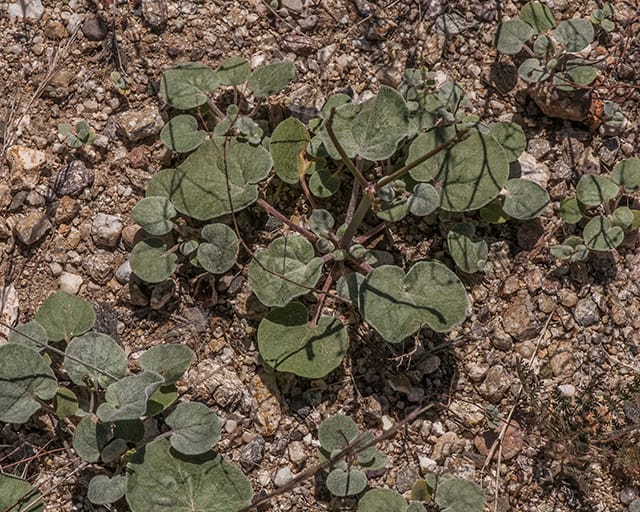The Netleaf Oak is usually known from higher elevations and it was a surprise when one of our Naturalists (Fred Heath) …
Canyon Life
Palo Verde Root Borer
The female lays eggs in holes about a foot deep under host Palo Verde trees where the grubs then feed on the …
Peregrine Falcon
Peregrine Falcon are one of the fastest and strongest birds in the world, achieving speeds of over 200 mph in a stoop …
Phainopepla
Their winter diet is primarily desert mistletoe berries and they are known to eat over 1100 berries per day. The …
Prairie Falcon
Powered flight is rapid and direct with moderately fast, shallow, stiff wingbeats. Prairie Falcons are large pale …
Pyrrhuloxia
Both Pyrrhuloxias and Cardinals breed at Sabino, their territories may overlap, and no conflicts between the two species …
Queen Butterfly
In warmer climates they are active year round. They like warm sunny days and they don’t like wind. Queen butterflies, …
Red-spotted Toad
Red-spotted Toads breed during monsoon season and are readily identified by the piercing trill of their mating …
Red-Tailed Hawk
In flight, Red- tailed Hawks show dark marks on the leading edge of the wing adjacent to the body. These “patagial …
Regal Horned Lizard
This lizard sometimes squirts foul tasting blood from its eyes when threatened or captured. Regal Horned Lizards are …
Sacred Datura
The flowers open at night and are visible early in the day. The flowers will often wilt in the heat or sun. Plants of …
Saguaro
Video by Peter Angerbauer …
Sara Orangetip
Sara Orangetips are quite distinctive. They are a small 1½-inch white butterflies with bright orange wing tips. I am …
Skeleton Weed & Wright’s Buckwheat
Familiar common names that you might have heard are Buckwheat, Sorrel, Rhubarb and Dock. The Buckwheat, or …
Slender Grama and Needle Grama
Native grasses help to prevent erosion and provide food and shelter for many of the desert creatures. Deer, Javalina, …
Sonoran Desert Toad
Sonoran Desert Toads exude toxic secretions that, if ingested, can cause hallucinations, paralysis or even death in …
Swainson’s Hawk
They frequently migrate in large flocks called "kettles" by hawkwatchers. Swainson's Hawks are large buteos, similar …
Tarantula Hawk Wasp
Tarantula hawks are easily recognized by their robust, iridescent blue-black bodies and (usually) shiny orange wings. …
Tiger Rattlesnake
They often fail to rattle and seldom strike; however if they do their venom is highly toxic. The Tiger rattlesnake is …
Tumamoc Globeberry
Sabino, a refuge for Tumamoc globeberry... Biologist Frank Reichenbacher points to Tumamoc globeberry (Tumamoca …
Veined Ctenucha
Moths ordinarily fly at night and rest with their wings in a horizontal position. I remember well the first time I …
Verdin
Verdins also build nests to sleep in at night Verdins are tiny active birds that are year-round residents of Sabino …
Vermilion Flycatcher
During the breeding seasons, male Vermillion Flycatchers perform a dramatic flight display above the tree canopy, …
Violet-Crowned Hummingbird
When it appeared in Sabino Canyon above the dam, it instantly become a magnet for birders all over Tucson I first …
Western Bluebird
They often compete with other birds such as Phainopepla for desert fruit such as mistletoe berries. The Western …
Western Diamondback Rattlesnake
Easily identified by the black and white striped tail. The Western Diamondback Rattlesnake, a pit-viper, is Arizona's …
Western Screech-Owl
They do not migrate. They live on the edges of wooded areas, in the desert and within urban areas. These small grey …
Western Tanager
During breeding season the male sports a vivid orange-red head due to the presence of rhodoxanthin, a pigment acquired …
White Throated Wood Rat (Pack Rat)
Pack rat nests may be occupied for centuries. These middens provide information about climate and vegetation …
White-Tailed Deer
Whitetails are rich reddish brown in summer and gray-brown in winter. When I started my training to become a …






























